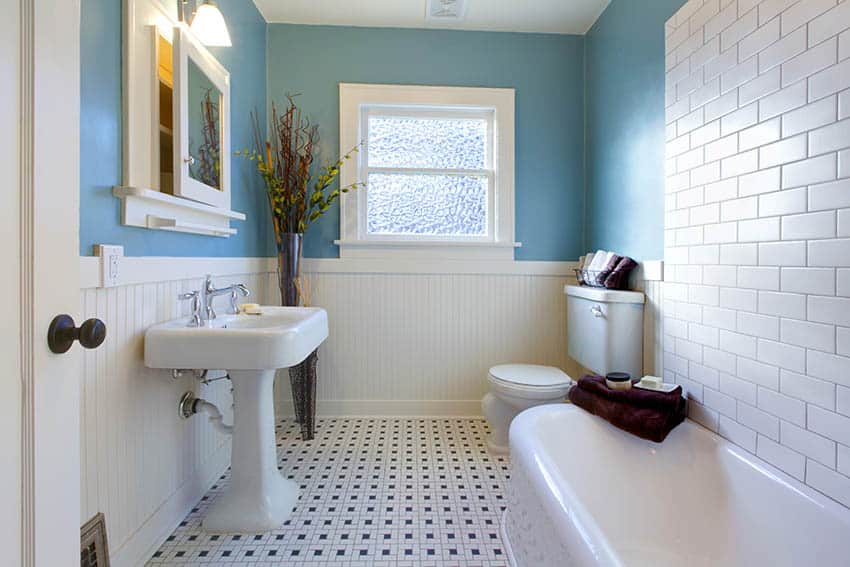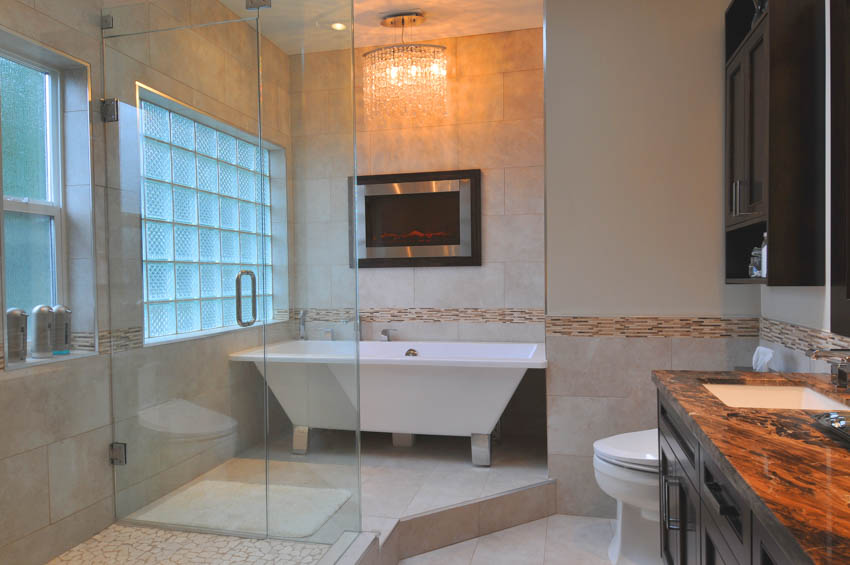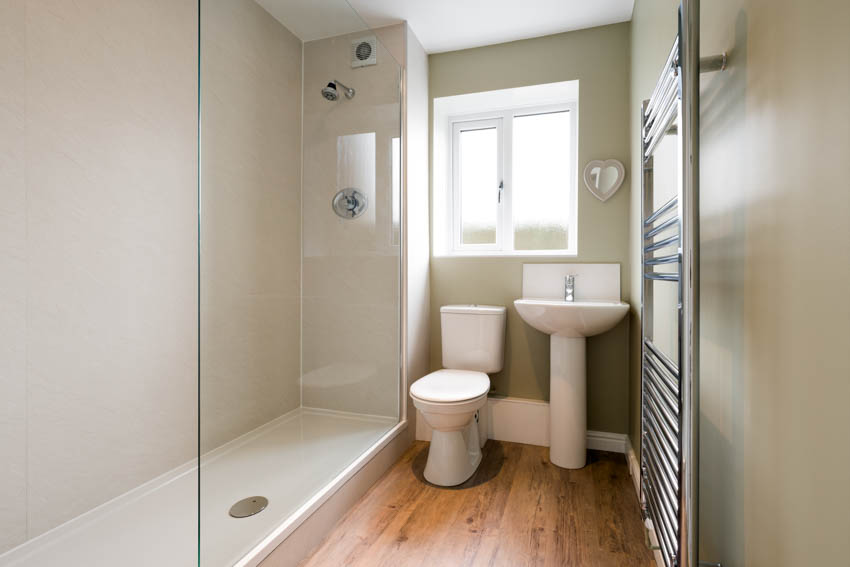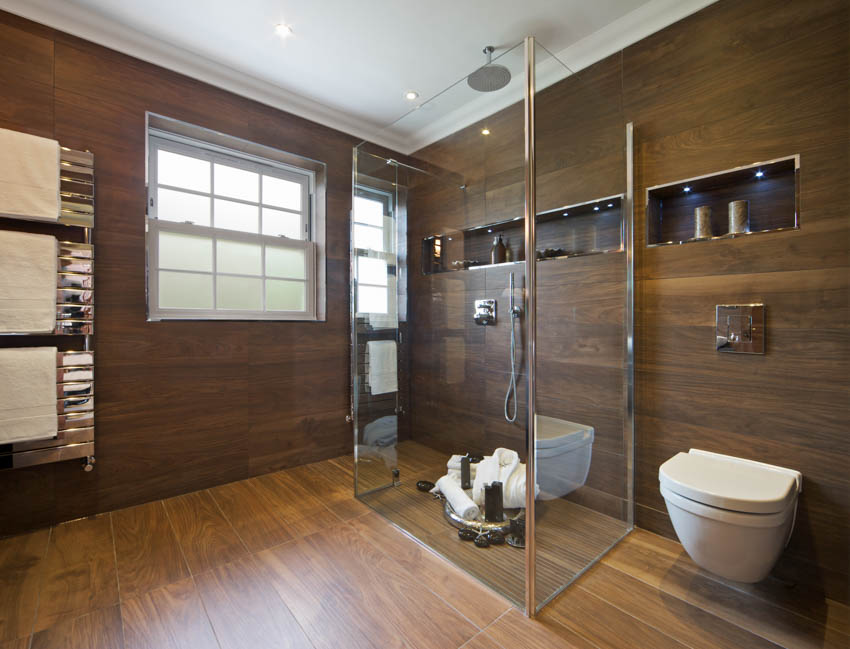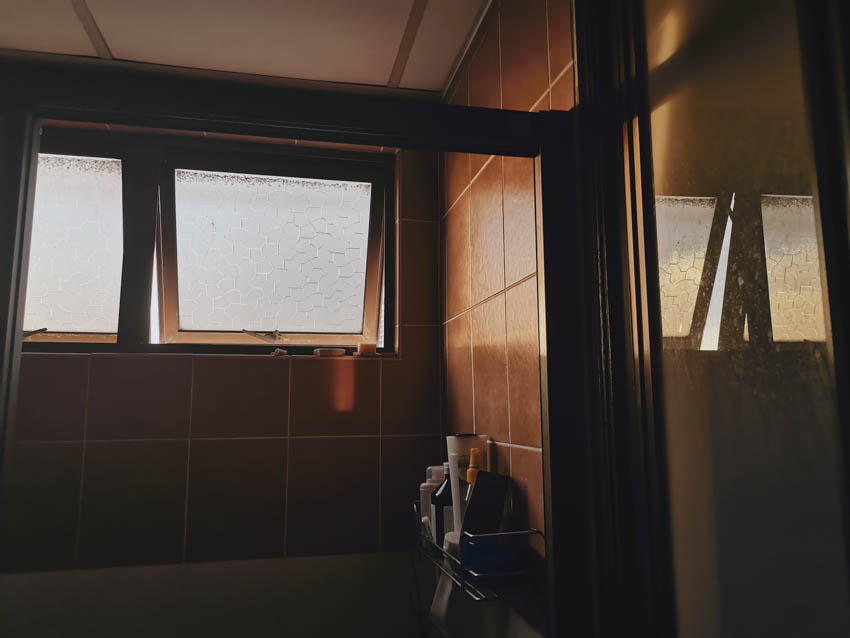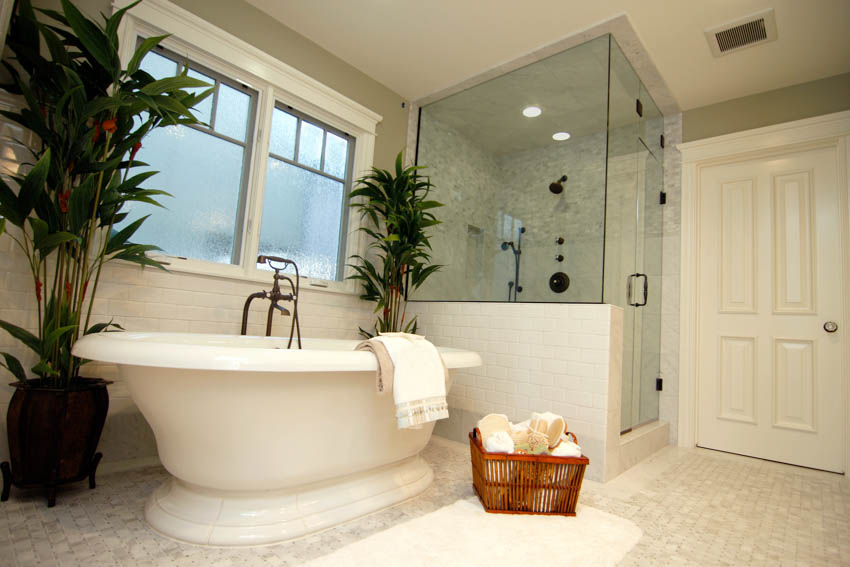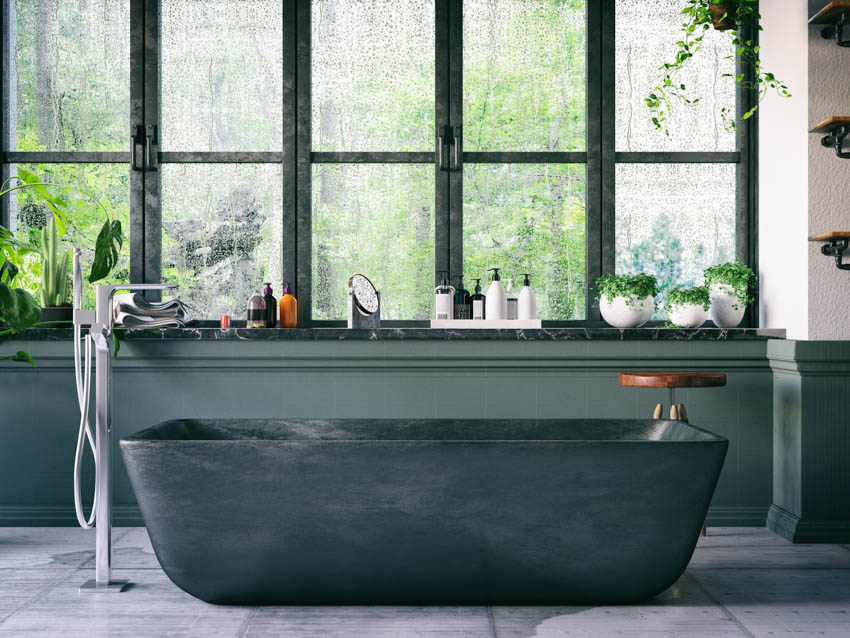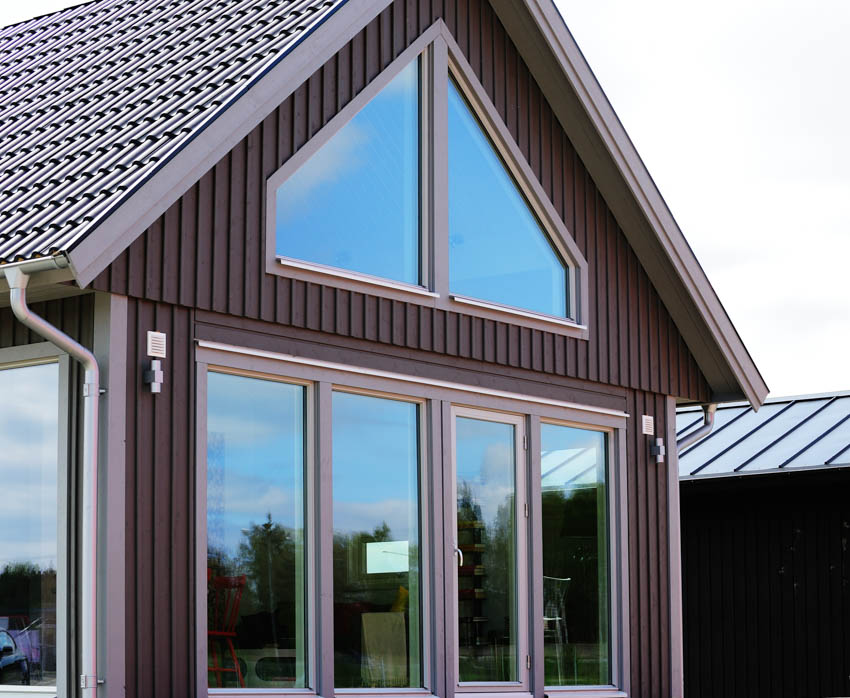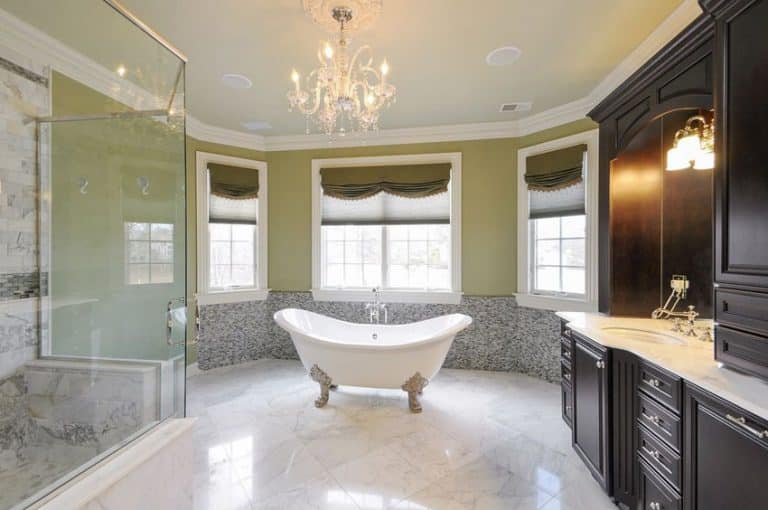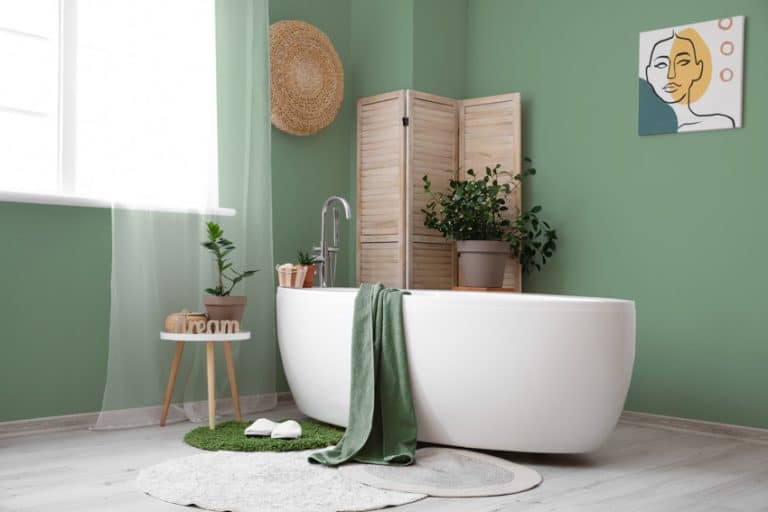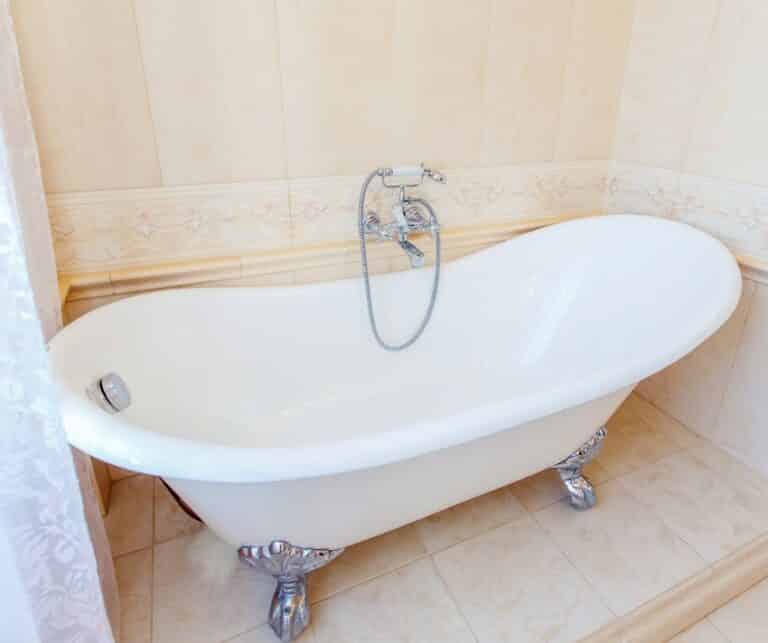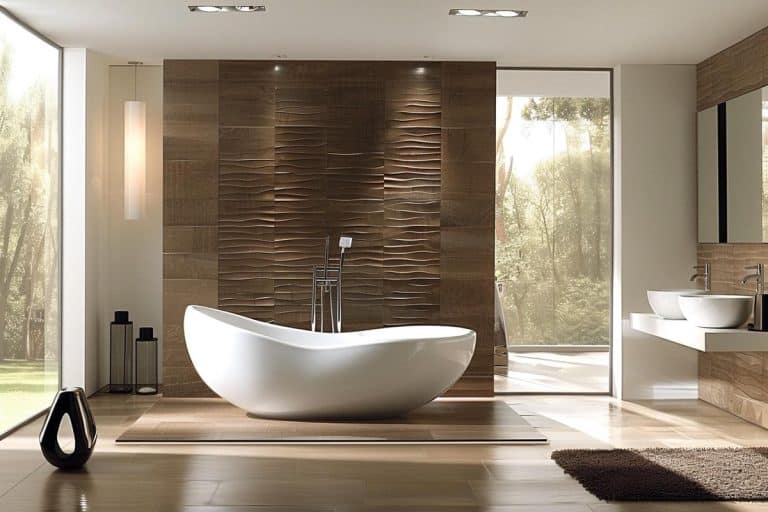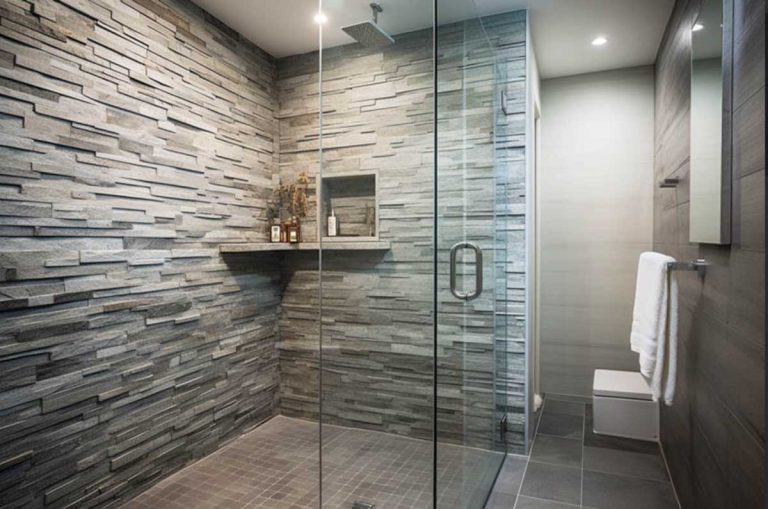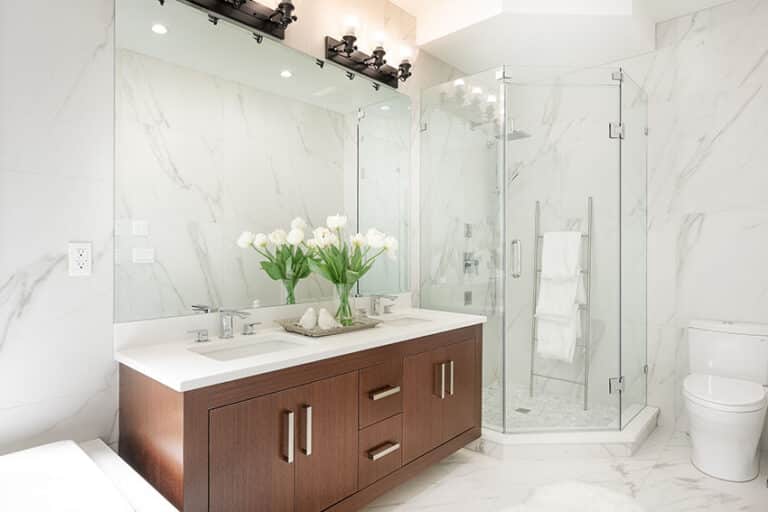Types Of Obscure Glass For Bathroom Windows (9 Options)
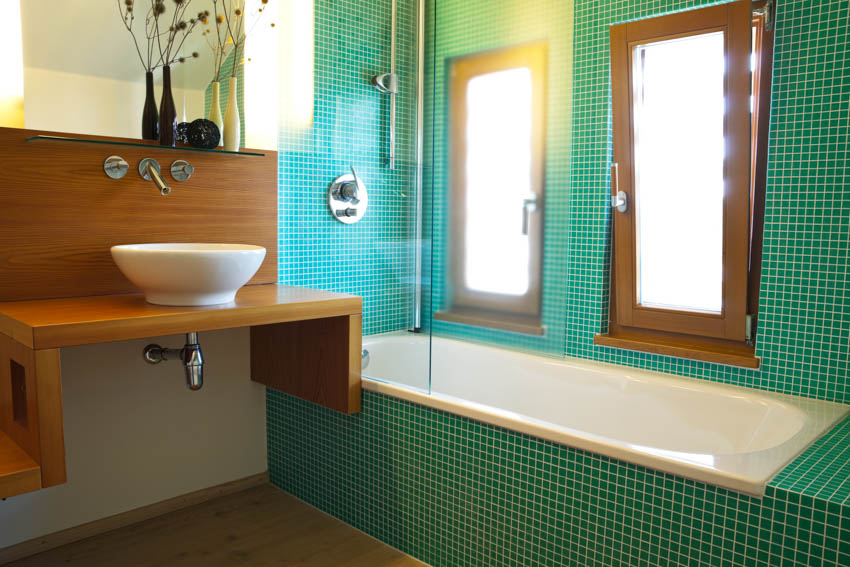
Glass for windows comes in many types, designs, and styles. Ultimately, the type of glass you choose will not only affect the aesthetics of your home but also the level of privacy and security. Each window type has its own practical benefits and drawbacks. The most common problem is the loss of privacy. It’s a good thing there is a type that can address that issue — obscure glass. Below, we take a look at the different options for obscure glass for bathroom windows, along with some of their practical benefits and uses. Read on to know what makes them an ideal choice for your home.
What Are Obscure Pane Windows?
Obscure glass is a type of glass pane that is not clear or transparent. This type of pane is also referred to as ”privacy glass” because it conceals, distorts, and “obscures” the view through it and lessens the visibility of the window. Depending on the type, obscure glass allows differing amounts of light to pass through and illuminate an area.
Obscured window panes may be frosted, patterned, or textured, and the level of privacy offered by each type will depend on the design implemented. Some obscure panes completely block the view on the other side of the window, while others show silhouettes and produce mild distortions.
Simply put, unlike with transparent glass windows, you cannot see through it, but you can see a bit of light transmitted depending on the level of obscurity. Obscure glass windows can bring a lot of visual interest to your home. They are very stylish and can add an interesting decorative feature to your home.
However, they do not only offer an interesting visual effect, but they are also convenient and versatile. Obscured windows allow you to limit how much visibility you want in a space and are an ideal window choice if you want to add some privacy. In addition to this, it also allows you to maximize the amount of natural light in a space while maintaining a sense of security.
Obscured glass windows are commonly used in bathrooms, but there are other unique interior applications you can choose from. It can be used to bring in some light to a narrow hallway or home office to bring in a brighter ambiance using natural lighting without sacrificing privacy.
Do These Windows Come With Different Levels Of Obscurity?
The level of privacy of an obscure glass window can vary from levels 1 to 5 — level 1 being translucent and has a bit of visibility, while level 5 has the least light transmission and offers complete privacy. You can choose from these levels depending on your design requirements.
Difference Between Obscure and Frosted Glass
As mentioned, obscured glass is a category name or an umbrella term for any type of pane that has a reduced level of transparency. There is no difference between the two because frosted is considered to be a type of obscured glass.
Frosted glass is distinguished by a white opaque frosting, which reduces the visibility through the pane. This material is chemically treated to produce a mottled effect on its surface.
When you look at frosted panes, you cannot see through them. Instead, all you can see is a vague, distorted image of what is on the other side. But despite blocking the view, frosted satin panes allows plenty of light to pass through it.
Obscure Window Options
Obscure windows come in different types and design options. The type or variety does not only affect the overall visual aesthetic of your window but also the level of translucence. Here are some of the obscure glass types and their options:
Acid Etched
An acid-etched surface is produced using caustic acid or an abrasive substance that is applied to the surface of the pane to remove a tiny layer of it. This results in a slightly rough overlay on a glass surface and a frost-translucent appearance. In this process, the design is added to clear panes post-production.
Acid etching can be applied to an entire pane, but it can also be used to create different designs and patterns like stripes, geometric shapes, letters, and other customized decor.
In this type of obscure glass, the level of privacy and translucence will depend on the amount of decor — the more designs etched, the more opaque the material becomes.
Sandblasted Glass
Among the common types of obscure panes for bathroom windows is sandblasted glass. Sandblasting is the process of blasting the surface with grit, which produces a small grain-like texture, a mottled effect, and a milky white appearance.
Very fine bits of silica sand, walnut husks, silicon carbide, or aluminum oxide are propelled at high velocity using steam or air to etch the glass’ surface. The effect produced by this process softens the visibility of any view or object on the other side of the pane.
Just like acid etching, sandblasting can be applied to a single pane to create a solid plain pane, or it can also be used to create different patterns and customized designs.
The level of privacy and obscurity of the glass will also depend on the amount of decor sandblasted onto the surface. The main advantage of sandblasted windows is that they allow lots of natural light to pass through while providing enough obscurity.
Types Of Sandblasted & Acid Etched Obscure Glass
Here we share the types of obscure panes under the sandblasted and acid-etched categories.
Frosted: Frosted glass is the most popular type of obscure style. Also sometimes called Satin-glass, frosted panes are produced by acid etching or sandblasting and come with different visibility levels.
It has an extremely nice and smooth texture that appears whiteish in color. Frosted panels typically have a plain, solid appearance.
Patterned: Obscure windows do not always need to be single sheets of plain, opaque material. They can be customized with different patterns using etching or sandblasting to give it a more decorative appeal and striking appearance.
Here are some popular types of obscure techniques for bathroom windows that use patterns are Flemish, geometric, and botanical.
Textured: Textured glass, as its name suggests, gives the pane a textured appearance and a raised surface. This is manufactured by pressing a pattern into the surface while it’s still in its molten state.
Textured windows have a wide range of options and styles, and each one offers varying levels of privacy and translucence.
Types Of Textured Glass
Here, we share the different types of textured obscure options for bathrooms.
Bubble effect: Also called the “raindrop” pattern, this type of textured application has bubble-like projections on the surface. This is the perfect choice to add an air of naturalness or an organic vibe to a space.
In this type, the light diffuses subtly throughout, appearing like spattered raindrops. This obscure window design is commonly used in bathrooms.
Ribbed: Ribbed or reeded glass, as its name suggests, has ribbing or three-dimensional bands on the windows surface.
This creates an interesting illusion as light passes through the material. The levels of obscurity of ribbed panes will depend on how wide the bands or ribs are as it will affect the distortion of light.
Tinted Glass
Tinting is among the popular types of obscure treatments for bathroom windows. Tinted glass is made by adding a film, coating, or metal oxide to the pane to make it darker. This alters the amount of light being transmitted through the window. With this type, you can still enjoy the view, but the people outside won’t see what’s inside your home.
The biggest advantage that tinted windows can offer is cost-effectiveness and energy efficiency. Aside from privacy and security, it also gives protection from ultraviolet rays — a feature that is also beneficial in protecting your home furnishings.
Reflective Glass
Reflective glass can also be classified as a type of obscure material because it has a decreased level of visibility. It allows you to see what is outside very clearly, but from the opposite side, you cannot see in.
This type of glass is treated with a special metallic coating, which produces a mirror effect. Aside from privacy, reflective windows also effectively lessen solar heat.

